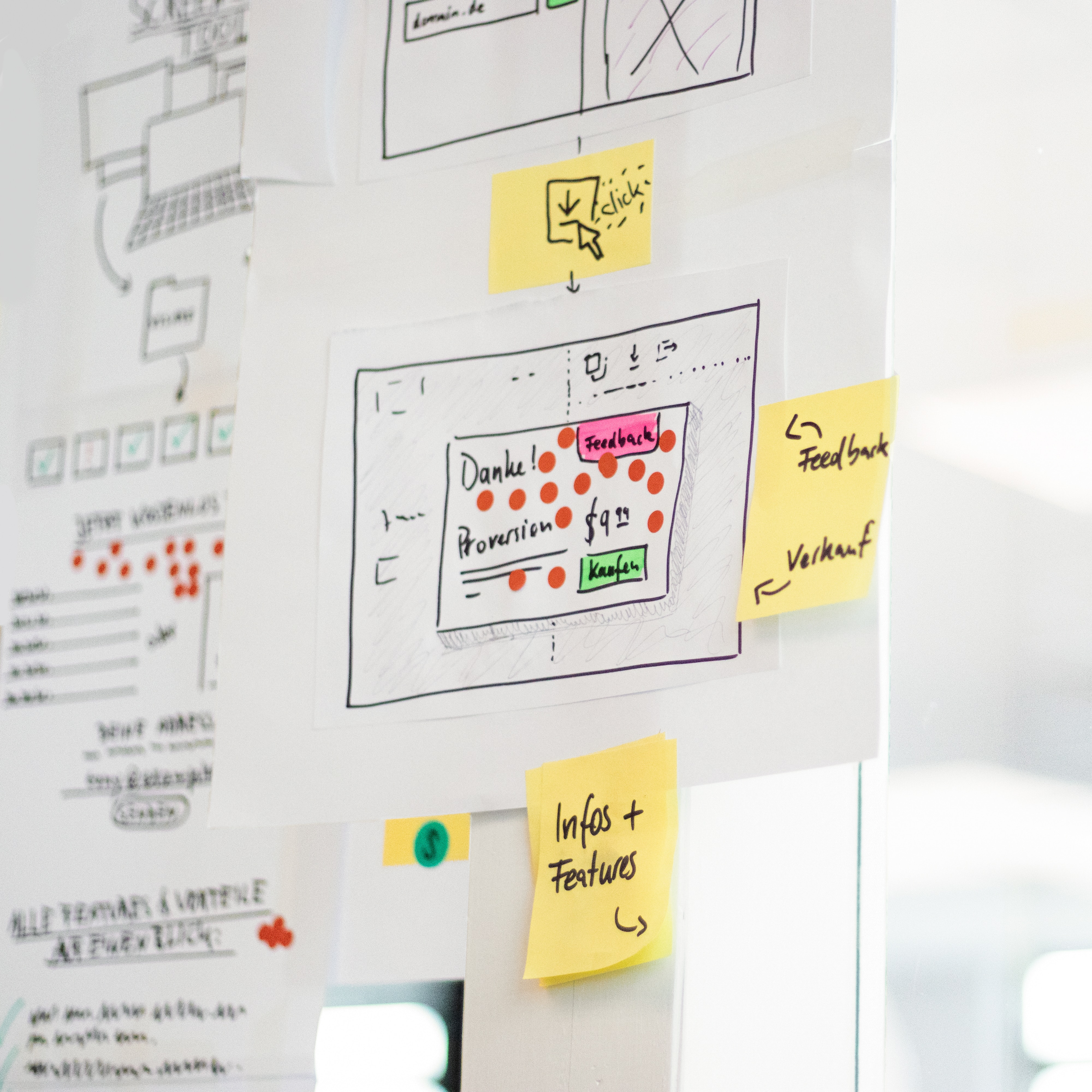Blog
-
Gathering Feedback Effectively: Best Practices for Framer Prototypes
Gathering Feedback Effectively: Best Practices for Framer Prototypes
Dec 9, 2023
Prototyping
Feedback is a cornerstone of the design process, and when working with Framer prototypes, effective feedback can significantly enhance the quality of your designs. In this tutorial, we'll explore best practices for gathering feedback on Framer prototypes, ensuring a collaborative and iterative design process.
Understanding the Importance of Feedback
Feedback is crucial for validating design decisions, identifying usability issues, and aligning the design with the goals of stakeholders. When working with Framer prototypes, feedback helps bridge the gap between design intent and user experience, leading to more polished and user-friendly interfaces.
Best Practices for Gathering Feedback
1. Shareable Links for Easy Access:
When sharing your Framer prototype for feedback, generate shareable links from Framer Cloud. This allows stakeholders and team members to access the prototype effortlessly without the need for additional software.
2. Clearly Define Feedback Goals:
Clearly communicate the goals for feedback. Whether you're seeking input on overall user experience, specific interactions, or visual design, providing context helps reviewers focus their feedback.
3. Use Comments and Annotations:
Leverage Framer's commenting feature to gather specific feedback on elements within the prototype. Encourage reviewers to use annotations to highlight areas of concern or suggest improvements.
4. Encourage Stakeholder Involvement:
Involve stakeholders early and consistently in the feedback process. This ensures that their insights are integrated into the design from the start, reducing the need for major revisions later in the process.
5. Provide User Scenarios:
Accompany your Framer prototype with user scenarios or tasks. This helps reviewers understand the context in which the design is intended to be used, leading to more relevant and actionable feedback.
6. Facilitate Collaborative Workshops:
Host collaborative feedback sessions or workshops where team members can review the Framer prototype together. This facilitates real-time discussions and encourages a shared understanding of the design intent.
7. Use Video Prototyping for Context:
If applicable, use Framer's video prototyping capabilities to provide additional context. Record user flows and interactions, embedding them in the prototype for reviewers to experience the design in action.
8. Create Iterative Versions:
Instead of presenting a final prototype, share iterative versions of your Framer project. This allows stakeholders to witness the evolution of the design and contribute feedback at various stages.
9. Collect Quantitative Data:
Integrate analytics or user testing tools into your Framer prototype to collect quantitative data. This data can supplement qualitative feedback and provide insights into user interactions and behavior.
10. Implement Feedback Iteratively:
Iterate on your Framer prototype based on the feedback received. Clearly communicate how feedback has been addressed, demonstrating a commitment to continuous improvement.
Conclusion
Effectively gathering feedback on Framer prototypes is a collaborative effort that involves clear communication, context, and an openness to input from various stakeholders. By following these best practices, you can foster a feedback culture that enriches your design process and results in more refined and user-centric interfaces.
As you integrate feedback into your Framer prototypes, remember that the design process is iterative. Embrace the feedback loop, and use it as a valuable resource for refining and enhancing your designs. With these practices, you're well-equipped to gather feedback effectively and create prototypes that resonate with your audience. Happy prototyping!
Related Post
Dec 16, 2023
Prototyping
Dec 1, 2023
Prototyping
Dec 17, 2023
Prototyping



